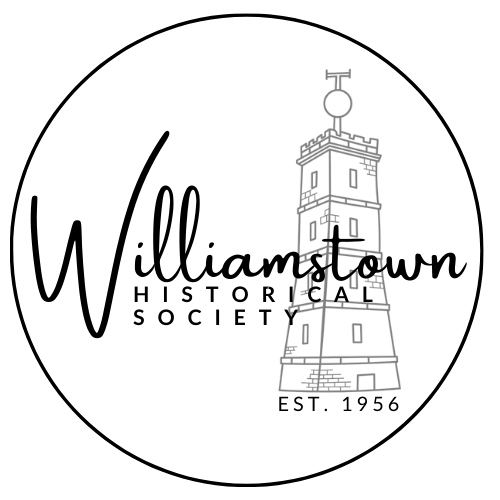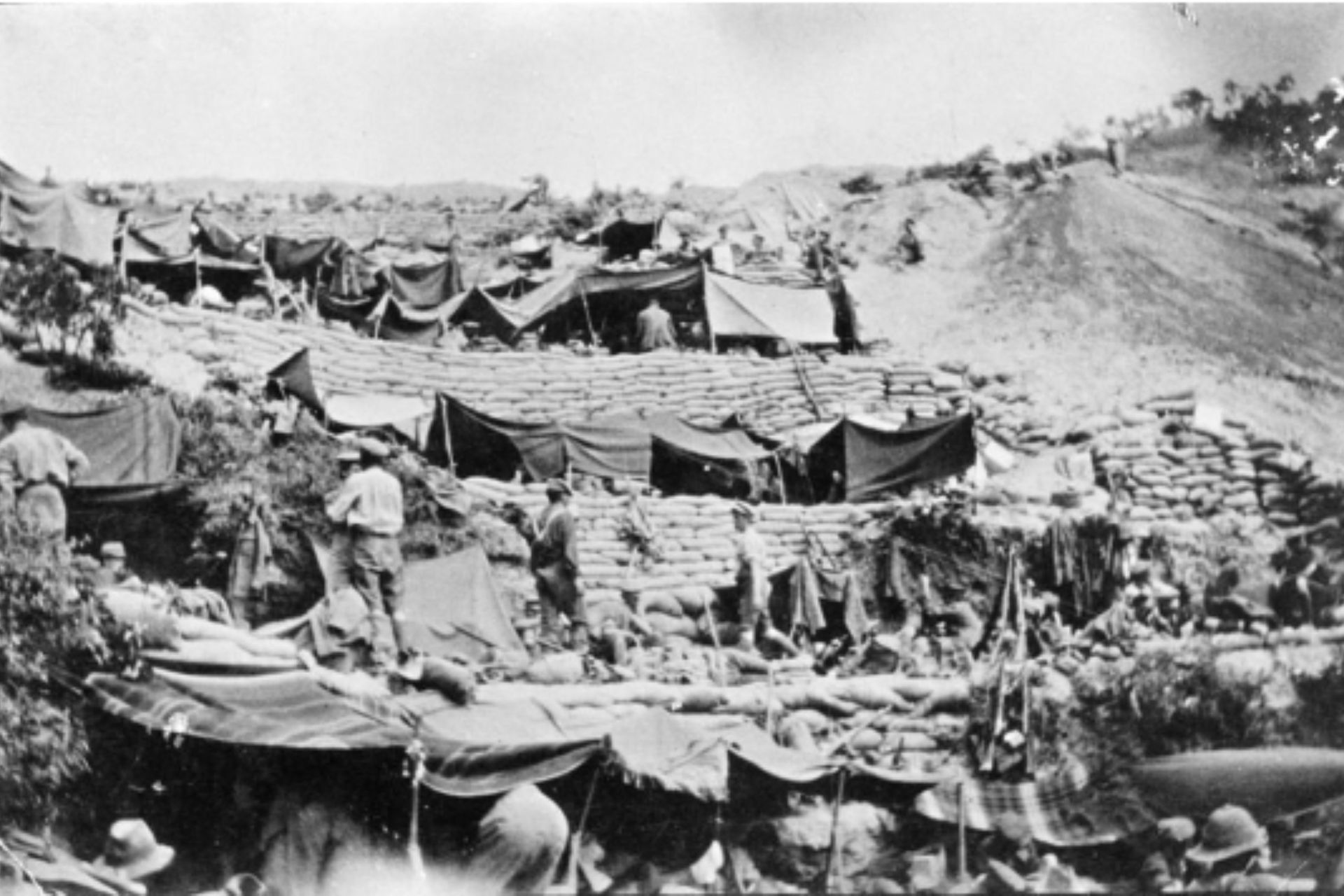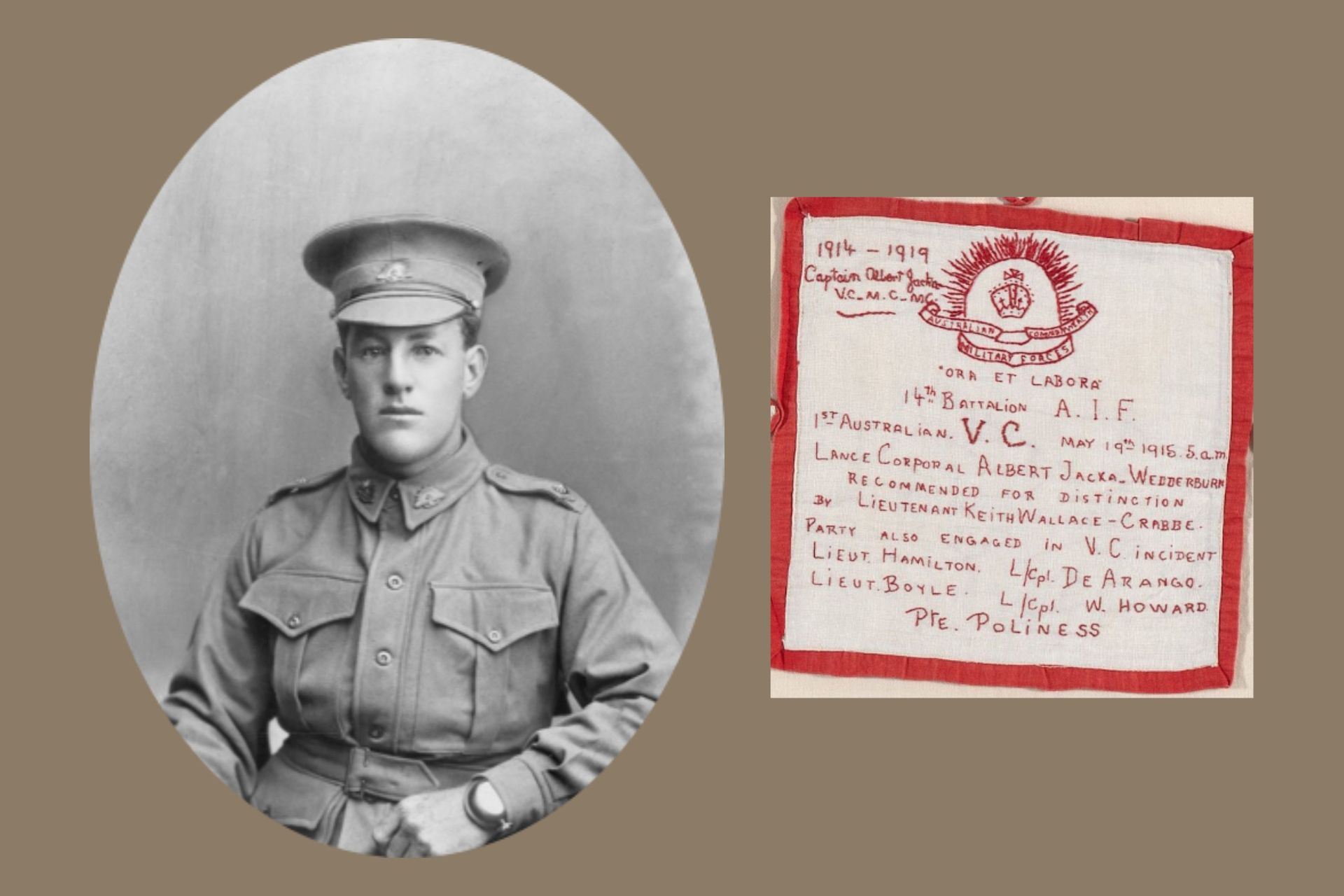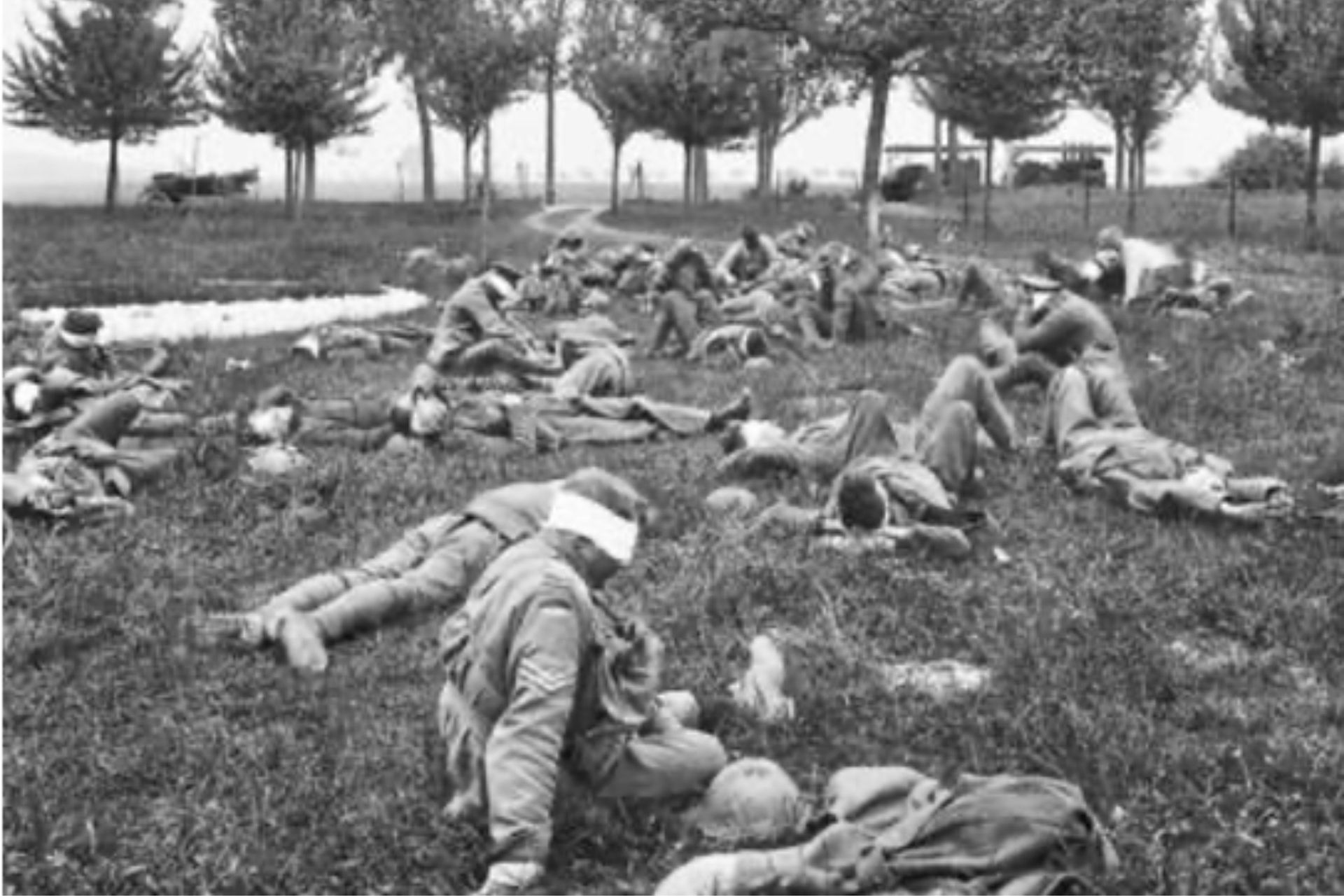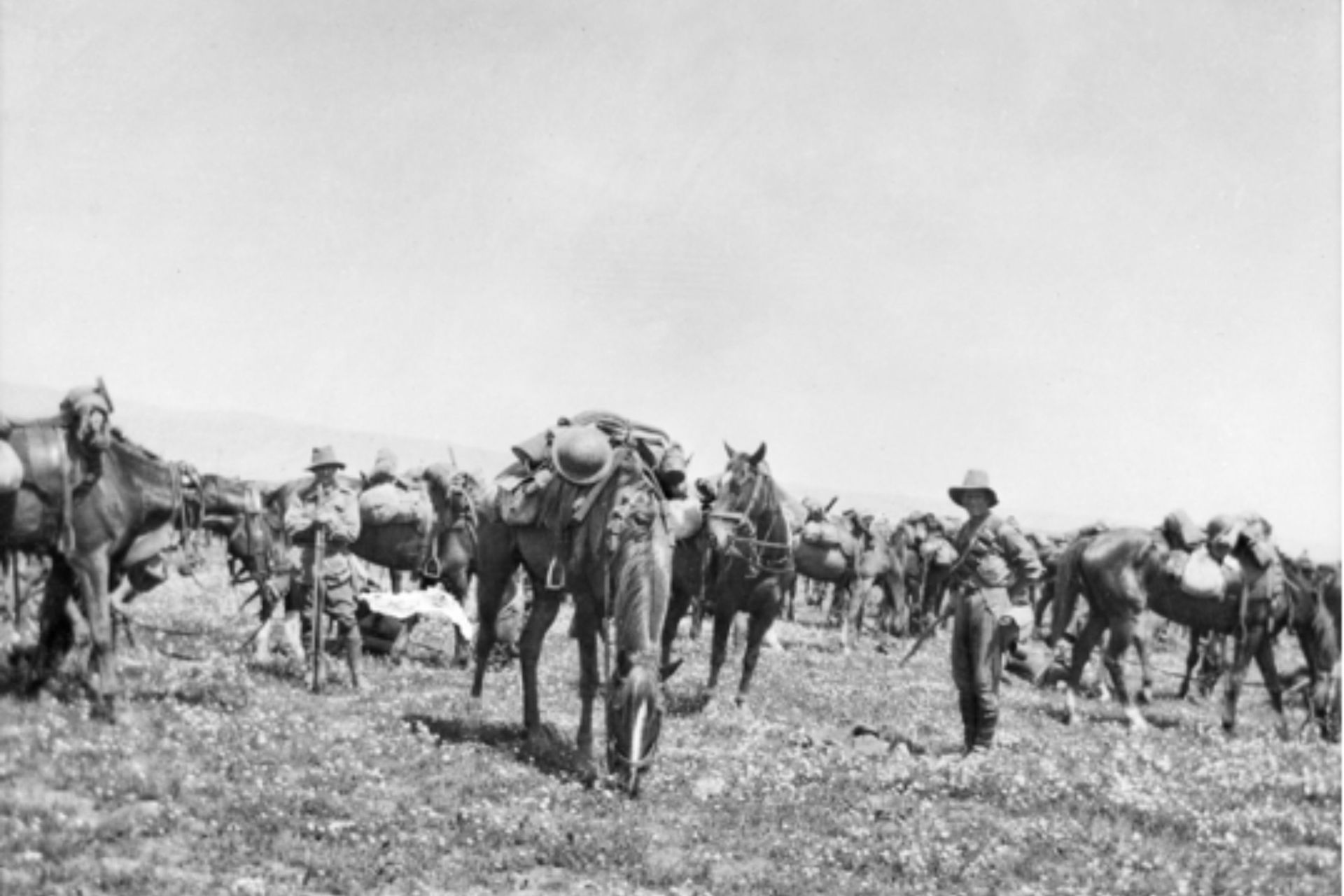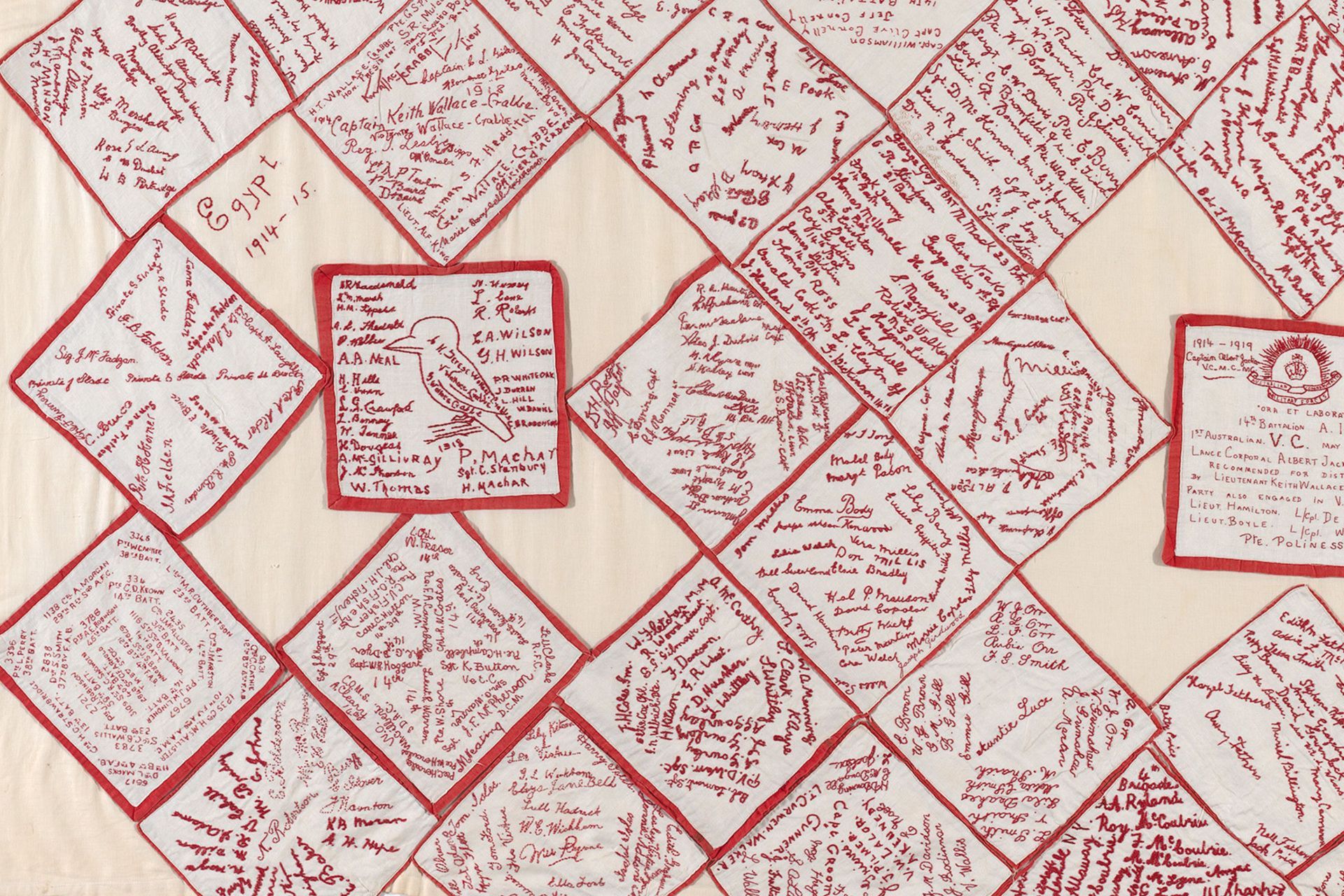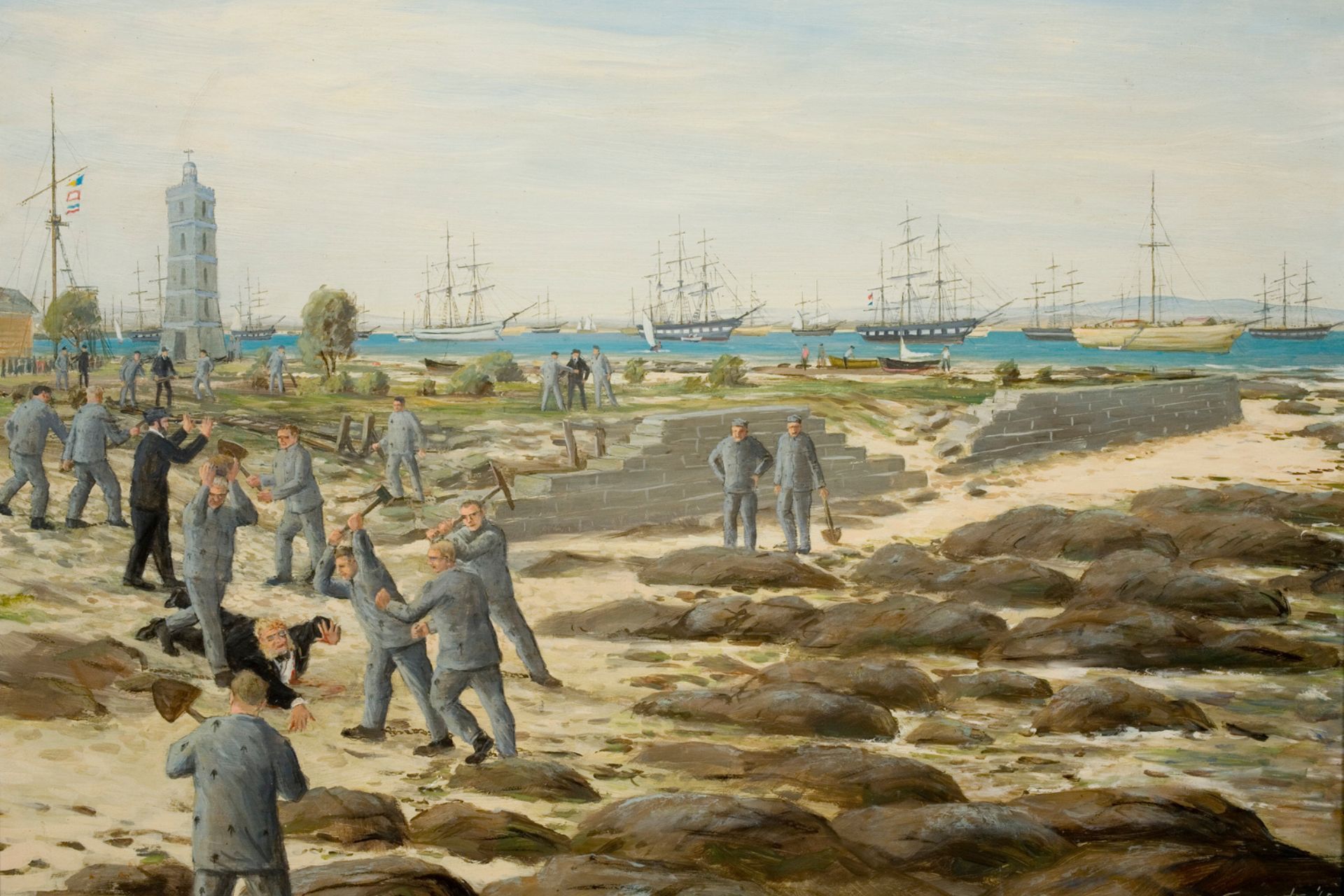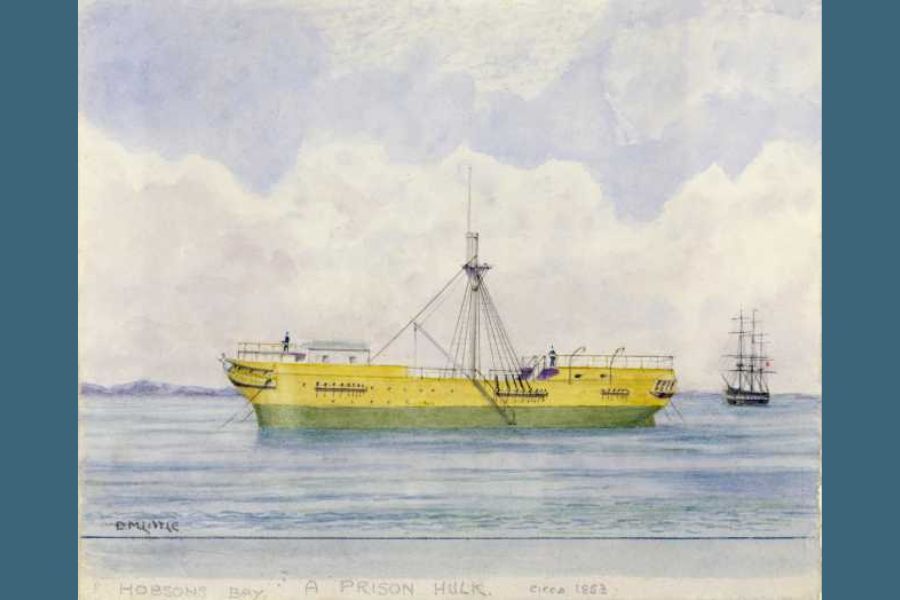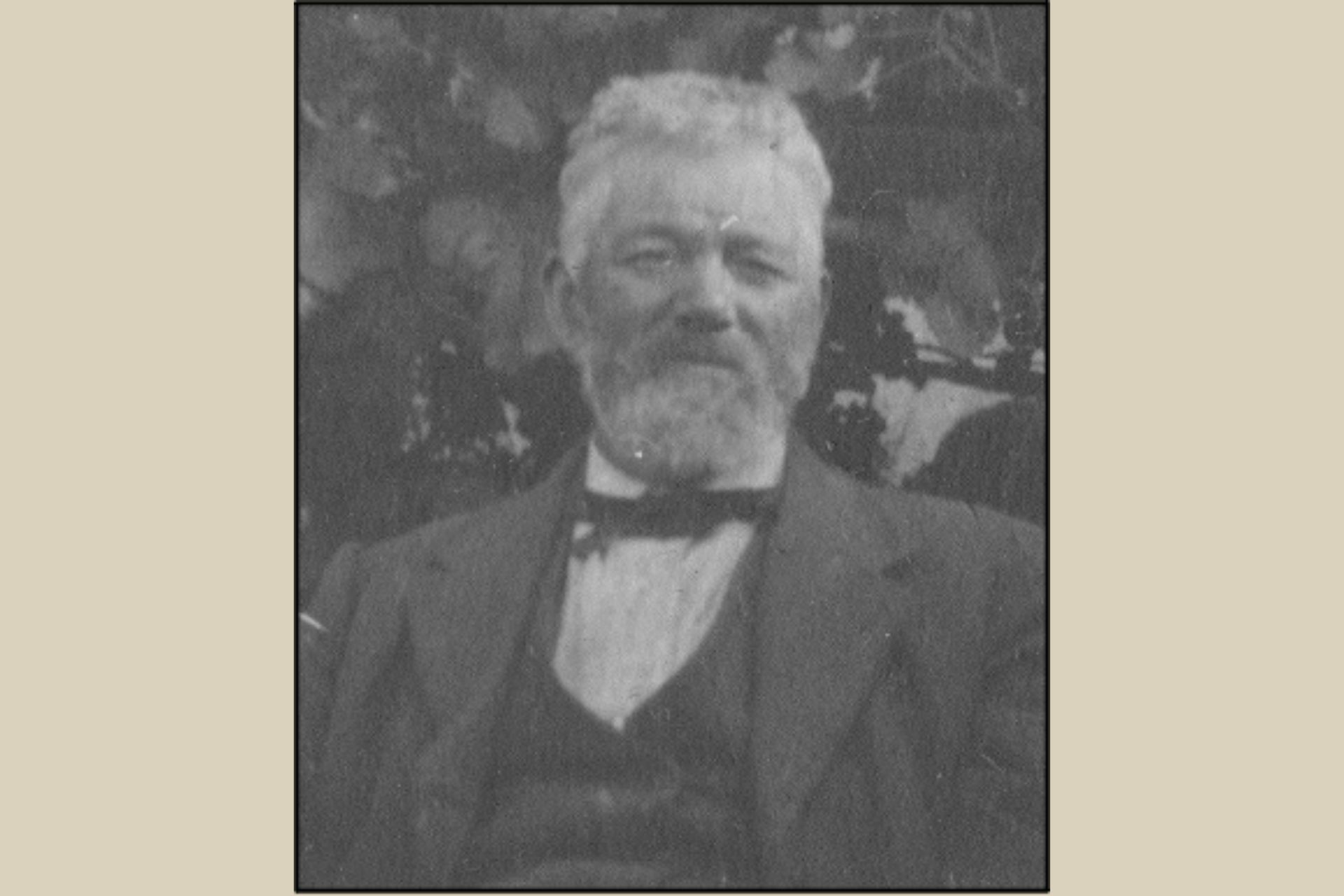
Lucky not to have lost both legs
Archibald Cameron arrived in Melbourne, a 21-year-old, in 1853 on board the Queen. He was born on 28 October 1832 at 36 Bishop Street, Rothesay, Isle of Bute, Argyll, Scotland.
He married Irish-born Bridget O’Dea on 24 January 1859 at St. Francis Church, which was situated at 326 Lonsdale Street, Melbourne. Bridget was an 18-year-old general servant from Limerick when she arrived on 29 December 1857 in Melbourne from Liverpool, England on board the Almora.
Archibald suffered some losses in his life, three of his sons died in their early twenties and in 1861 he was stated as one of Williamstown’s new insolvents. Archibald, a contractor at the time, claimed pressure of creditors, depression of the times and loss by contract as causes. His debts were £326 1s. 6d. while his assets were only £5.
By 1866 he was working for the Railway Department in Williamstown as a fireman and very narrowly escaped death as he unsuccessfully tried to mount the steps of a moving engine. He let go of his hold and fell back towards the line. The quick thinking of James Hodgkinson, the driver, who stopped the engine bringing the wheels to within inches of Archibald’s legs. The local newspaper report said that the “driving wheel had cut the sole off his left boot” and had slightly crushed his left toe and that he was lucky not to have lost both legs. He went on to occupy the position of yard foreman at Newport Workshops until he retired.
After his retirement, Archibald, along with his eldest son John, was known to be an enthusiastic yachtsman and sailed his yacht the “Jessie” on Hobson’s Bay. A prominent member of the Hobson’s Bay Yacht Club he had won several trophies with the “Jessie.”
Known to have “exceptional inventive qualities in connection with his calling” Archibald superintended the pile driving exercise in creating the Port Melbourne and Williamstown railway piers.
He was very involved in the Presbyterian Church and used his “applied mechanics” skills when the schoolroom, one of the largest buildings in Williamstown at the time, was moved from its original site in Hanmer Street to Cecil Street. This work was a “labour of love” and he was assisted by the majority of young men of the Presbyterian congregation in the evenings after work hours.
Archibald died, aged 78, on 18 August 1909 at his residence, 136 Ferguson Street, Williamstown, and was buried in the Presbyterian Section of Williamstown Cemetery.
References:
The Herald, 20 March 1861; 18 August, 1909
Williamstown Chronicle, 27 March 1866; 21 August 1909
USEFUL LINKS
CONTACT
+61 3 9397 1534
williamstownhistsocietyvic@gmail.com
100 Douglas Parade
(PO Box 189)
Wiiliiamstown VIC, 3016
Australia
All Rights Reserved
Williamstown Historical Society
FOLLOW US ON SOCIALS
ACKNOWLEDGEMENT OF COUNTRY
We acknowledge the Bunurong People of the Kulin Nation as the traditional owners of these lands and waterways and pay our respect to Elders past and present.
